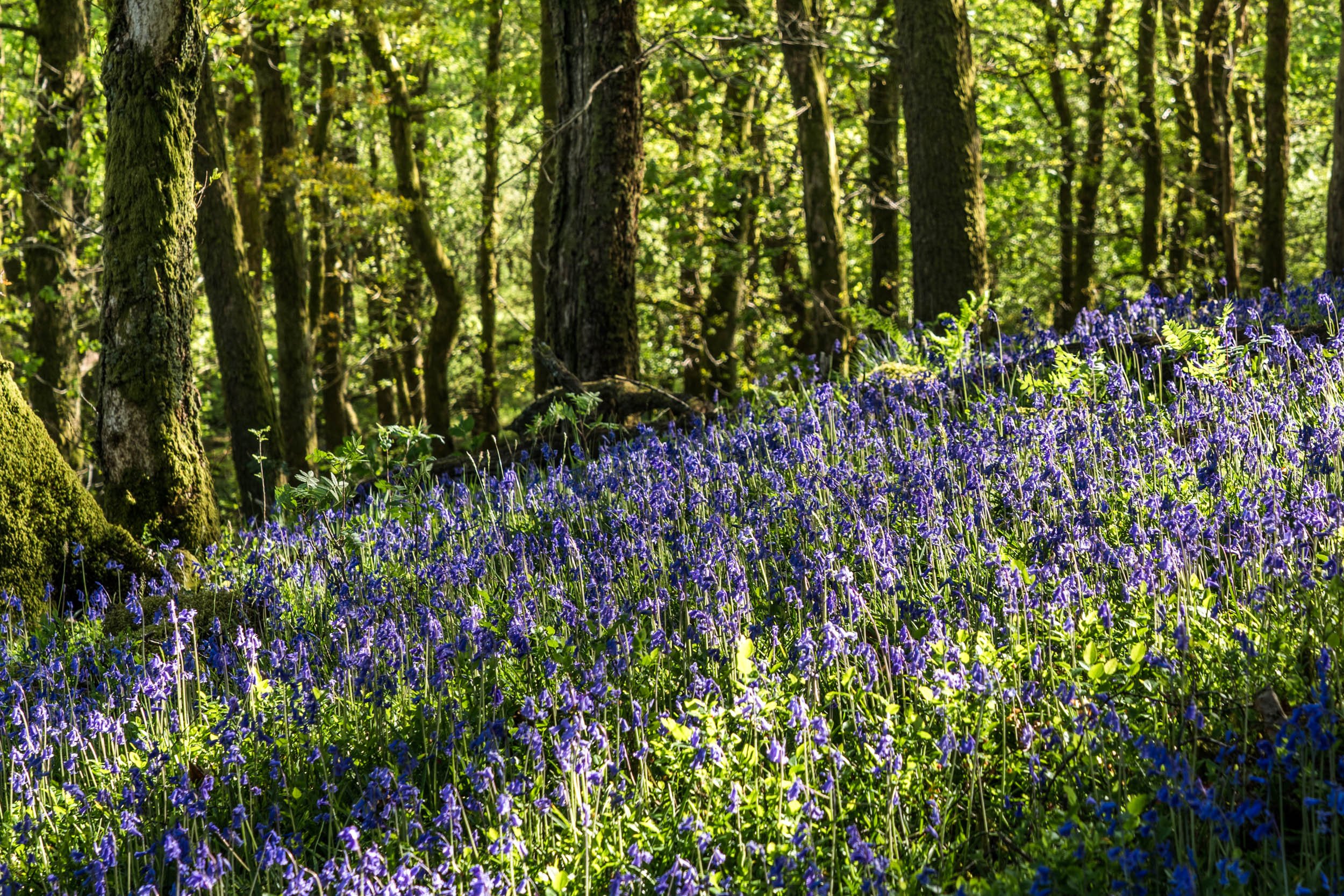Where is Loch Lomond?
The answer to the question ‘where is Loch Lomond’ explains a lot about how the area gained its status as an icon of Scottish scenery. Many pictures of beautiful scenery feature Loch Lomond and the Trossachs.
If you are a resident or frequent visitor then you’ll already know the answer to where is Loch Lomond. The famous loch lies partly in the Lowlands and partly in the Highlands of Scotland. And, back in the days when tourism first began, before the end of the 18th century, both Loch Lomond and the Trossachs were areas that were comparatively easy to reach from Scotland’s main cities, especially Glasgow and Edinburgh.
The sudden transition from Lowland Scotland – for example, on the journey north from Dumbarton on the Clyde – to the vista of Highland Scotland, revealed from the south end of Loch Lomond, first excited travellers more than 200 years ago. At that time, the taste of these early visitors was being influenced by the Romantic movement in the arts. This involved a new and positive way of perceiving wild and untamed places – as a rebellion against the ‘tamed’ landscapes and the order and symmetry of the Neo-Classical Age that went before.
In Loch Lomond and the Trossachs they found scenery exactly to their new tastes – and they found this wild and beautiful place without travelling too far from ‘city comforts’!
So the real answer to the question of where is Loch Lomond is ‘close enough’ – ie these days within minutes of Glasgow Airport, or an easy journey by road or rail – in short even closer than when it was first discovered and enjoyed by those early romantics.
Today, more than 50% of the population of Scotland live within an hour’s drive of Loch Lomond. For more than two centuries, the Loch Lomond and the Trossachs areas in particular have given pleasure and inspiration to generations of visitors. But balancing the needs of visitors with the need to retain the essential spirit of wild landscape continues to be a challenge.

